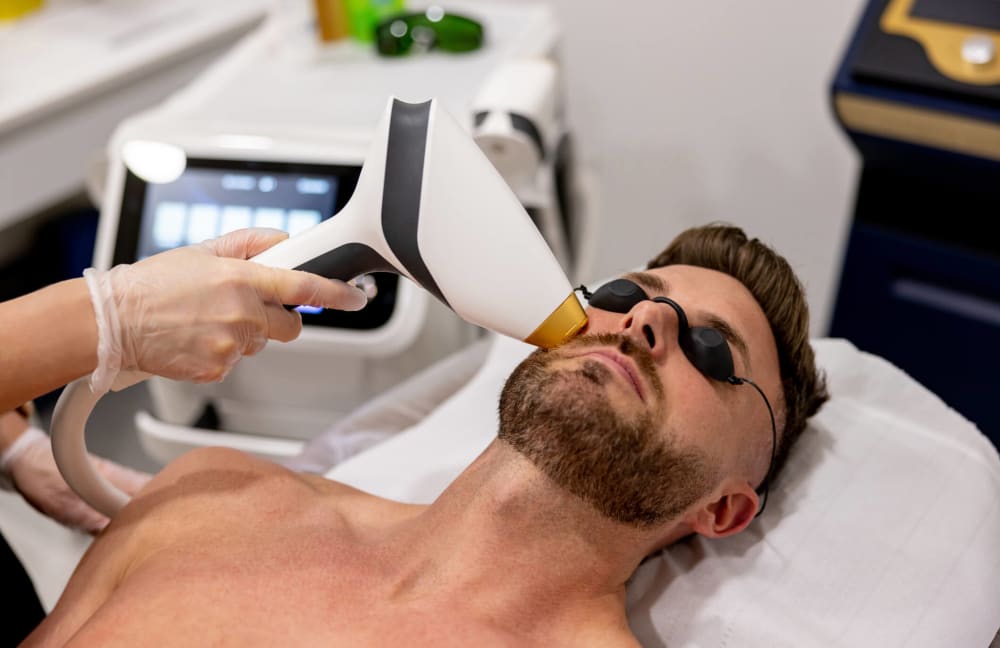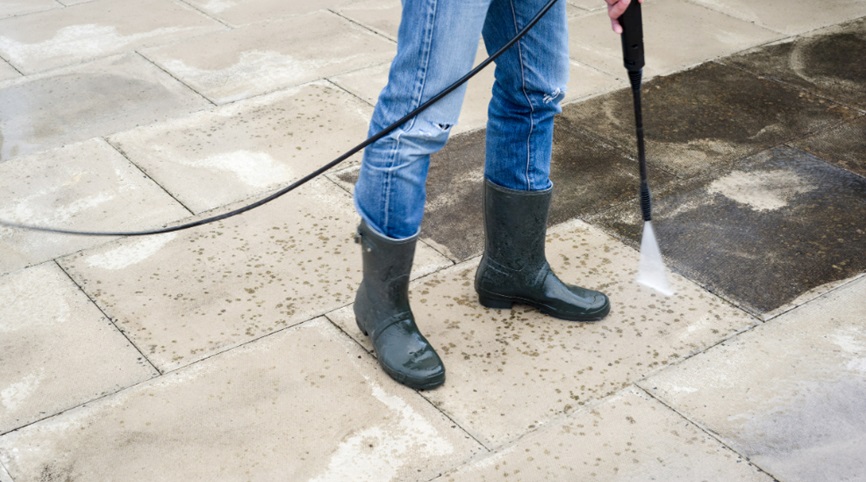How Cosmetic Packaging Can Be More Eco-friendly

According to the Guardian, a whale in the Philippines died because of “stomach shock” after swallowing 40kg of plastic bags. The whale was washed up on the coast on Saturday, March 16th. When marine biologists and volunteers at a museum in the Philippines discovered its cause of death, they were all shocked. “We’ve never seen so many plastic products in a whale.” said the museum biologist Darrell Branzler, who performed the autopsy. He then added that “The scene is disgusting and scary. The government must take actions to stop polluting the ocean. ” Among the dead whales and dolphins that they have examined in the past 10 years, 57 of them died because a large amount of garbage and plastic products had accumulated in their bodies.
As far as the current situation is concerned, plastics are lightweight and inexpensive, easy to mass-produce, and can be made into bottles of various sizes and various colors. The printing performance is very good and can have different decorations on the surface of the container. Therefore, 80% of cosmetics are made of plastic in the marketplace. In other words, most cosmetics have packaging entirely made of plastic and this is affecting the environment. In this case, how can the cosmetic packaging industry make its plastic containers more environmentally-friendly? Let’s get inspired by what has been already done by some of the giants in this industry, like L’Oréal and P&G.
L’Oreal integrates sustainability and innovation in its packaging. In 2017, a salon brand Biolage was working hard to create a range of new products for green consumers. The challenge is to create products with the quality and efficacy of the existing ones using the most environmentally-friendly packaging and formulations. To solve this problem, Biolage convened a project team covering a wide range of internal disciplines, from product development and marketing to research and packaging. As a result, the Biolage Nourish shampoo and conditioner series has become a key example of L’Oréal’s commitment to sustainable packaging and breakthrough product development. The product packaging contains 100% recycled-PET plastic.
Therefore, recycling might be the most effective way to reduce plastic waste for the time being. In particular, one of the most popular packaging format in the cosmetics, personal care, and beauty industry is the cosmetic tube with convenience, portability and flexibility to accommodate a wide range of products. An example of this trend is the environment-friendly PBL tubes from Auber Packaging, an ISO9001-certified manufacturer since 2004. It is the best use of economical, recyclable sheets. Reducing raw materials is the most practical and sensible way to produce environmentally friendly tubes. As a fifteen-year manufacturer, Auber has a strong sense of environmental responsibility and has invested a lot on research and development. Recently its focus on R&D has led this leading cosmetic packaging manufacturer to release its bamboo screw cap series.

“L’Oreal has been devoted to environmentally friendly packaging for more than a decade. As a part of our global sustainability program, we focus on innovation, production and development to be more sustainable, while also enabling our customers to make more sustainable consumption choices. Our goal is to improve the social or environmental impact of 100% new or refurbished products by 2020.” said Danielle Azoulay, L’Oréal USA Head of Corporate Social Responsibility & Sustainability.
L’Oreal’s sustainable packaging strategy is all about the integration of recycled and bio-sourced materials, reducing package weight, and combining refillable packaging design. They also want to educate their consumers on the recyclability of their products. As a part of their “Scientific Goal” effort, they aim at making 100% of the group’s plastic packaging to be refillable, reusable, recyclable or compostable by 2025. To achieve this goal, the company has recycled more than 7,200 tons of raw plastic material in 2017 alone, which is 33% more than what they were able to save last year. In addition, 100% of their product packaging is now made from forest-certified paper, ensuring that they only use materials from responsible forest management. Another important point is the use of refillable materials while maintaining a premium experience for consumers. For example, Lancôme recently developed a 50ml glass refillable canister that is 39% lighter than previous versions. If it was refilled twice, this innovation means a 58% reduction in package weight.
Another good example is P&G. P&G has repeatedly issued a statement on sustainability breakthroughs in the personal care packaging sector. A typical example is the world’s first recyclable shampoo bottle made from renewable beach plastics produced by Head & Shoulders.
“Our innovative approach includes not only products and packaging, but also technologies that allow us and others to have a positive impact on our environment. This technology removes the contaminants and colors from almost all used plastics and has the ability to change radically. The plastics recycling industry enables P&G and companies around the world to leverage the source of recycled plastics to deliver nearly the same performance and the performance as the original materials in a wide range of applications,” said Kathy Fish, CFO of P&G.
Although this is a technology developed by P&G, the recycled PP will be widely used in all walks of life. P&G said the technology reflects their commitment to sustainability and helps to achieve P&G’s 2020 recycling target. Their goal is to double the number of recycled resins used in plastic packaging and ensure that 90% of their product packaging is recyclable.
In general, cosmetic packaging has the ability to contribute to the protection of the environment. This requires us to work together for continuously improving the technical conditions and raising everyone’s environmental protection awareness. In this regard, Auber is also constantly innovating to keep realizing more environmentally friendly tube packaging solutions.







